Natural Intelligence
"Artificial Intelligence" suggests intelligence that is created by humans, presumably through the application of our own cognitive and intellectual skills. Speaking about Artificial Intelligence seems incomplete if one does not also address Natural Intelligence.
Natural Intelligence describes those abilities, evolved in nature through billions of years of natural selection, that enable useful and productive actions based on percepts and inputs. Most people think of "human intelligence" when they think of intelligence, and many examples of how AI is implemented are predicated either on how humans solve problems, or on how the neural circuitry of the human brain might be processing and integrating sensory and cognitive signals. Intelligence of varying capabilities and degrees are widespread throughout living systems in nature, especially if we interpret intelligence through the lens of implementing useful and functional responses to environmental inputs and cues. Understanding those capabilities, as well as how they are implemented in the molecules, cells, tissues and other "stuff" that conspire to make life, are active areas of scientific research. Building artificially intelligent systems based on an array of different naturally intelligent systems is also an exciting area of science and engineering. We expound a bit more on these themes below.
Bacteria, some of the simplest organisms on Earth, exhibit intelligence in their ability to connect signals in their environment with useful actions, such as the ability to swim towards food or away from toxins, a phenomenon known as chemotaxis. Bacteria do not have brains, but they have complex intracellular biochemical signaling networks that enable them to sense objects in their environment and alter their behavior in response to those sensations. Because bacteria have very different and much more limited computational resources than do humans, the algorithms they have evolved look very different than those evolved within humans.
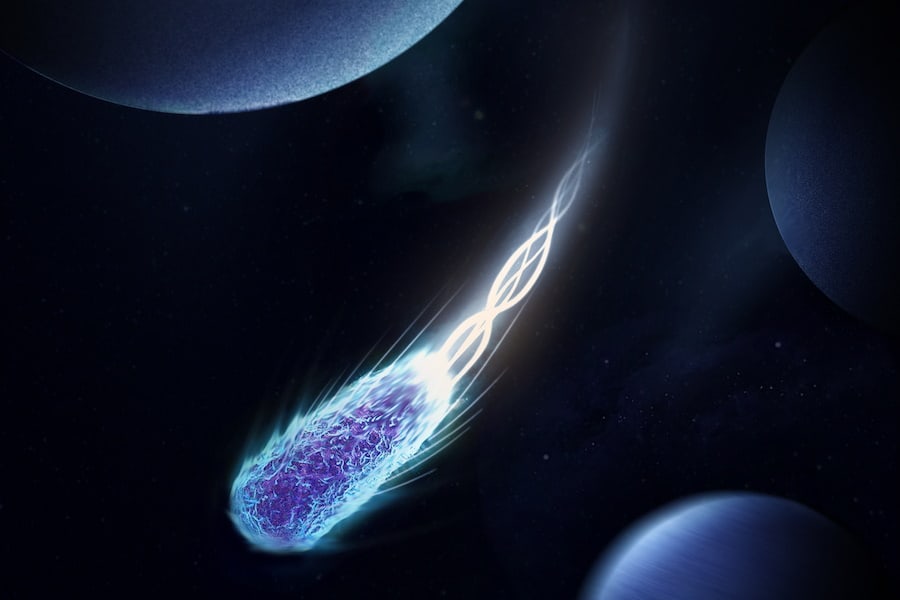
Image credit: https://physicsworld.com/a/bacterial-swimming-in-complex-fluids-better-understood-with-new-experiment-model/
Plants have also evolved a number of mechanisms to sense and respond to their environment. Because they are unable to run away from a vast array of predators, pests, and pathogens, plants have evolved a bewildering array of mechanisms and metabolites to poison, annoy, confuse, confound, and delight the animals and microbes that confront them. Plants are, after all, nature's supreme chemists! In addition, they also communicate expressively with one another. The underpinnings and degree of plant intelligence are being actively researched in the plant biology community.
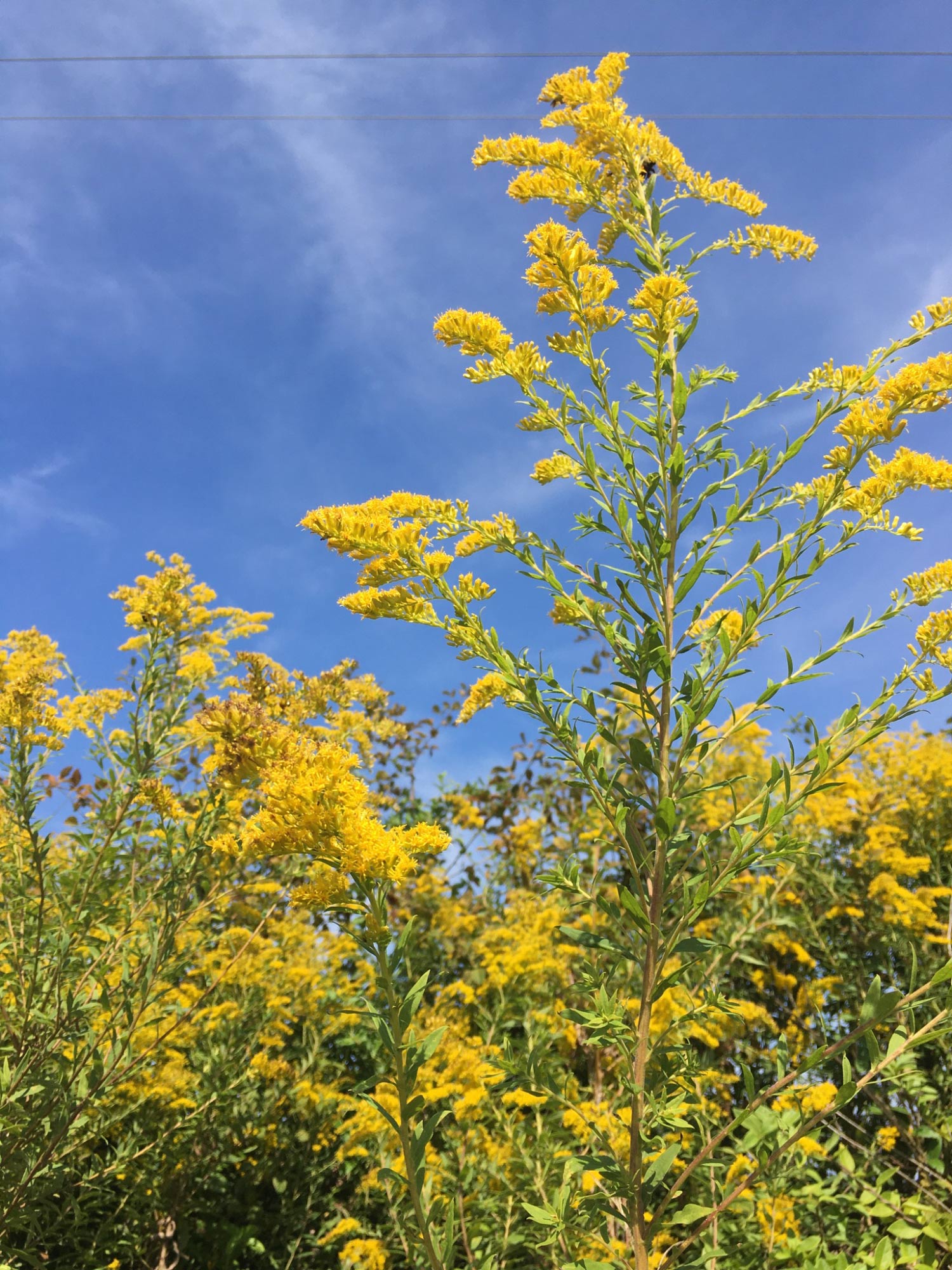
Image credit: www.sci.news/biology/plant-intelligence-13022.html
The scientific literature is rife with published papers identifying and characterizing a variety of intelligent capabilities in animals ranging from insects to primates, documenting functionalities that had in earlier times been thought to be the exclusive province of humans. Bees, for example, have been studied by many as an example of a "simple" animal capable of impressive intelligence.
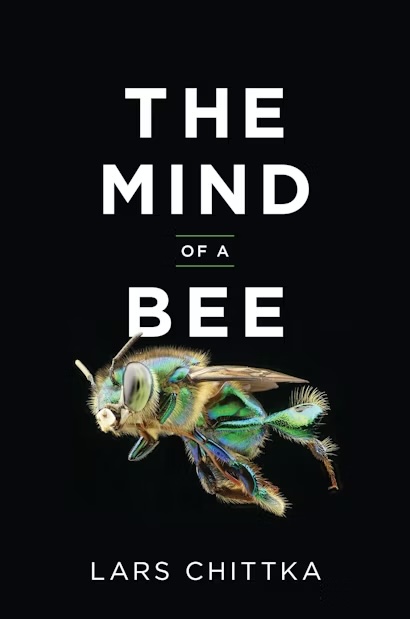
Image credit: Princeton University Press, https://press.princeton.edu/books/ebook/9780691236247/the-mind-of-a-bee
The adaptive immune system, which is largely shared across all vertebrates (including humans), can be viewed as a type of non-neural intelligence, whereby an organism's immune system learns about antigens it has been exposed to, such as molecules produced by microbial pathogens or contained in vaccines, and develops a specific repertoire of antibodies and T-cells in order to recognize and combat those invaders. Crucial to this information processing are the ability of the immune system to distinguish self from non-self, to tolerate beneficial microbes and food antigens, and to recognize aberrant forms of self such as cancer cells. This type of learning involves a complex interplay of Monte Carlo search — in the form of random generation of many different DNA sequences within immune system cells — and reinforcement learning — in the form of selection that suppresses cell populations that cross-react with self antigens, and activates lymphocytes that recognize non-self antigens.
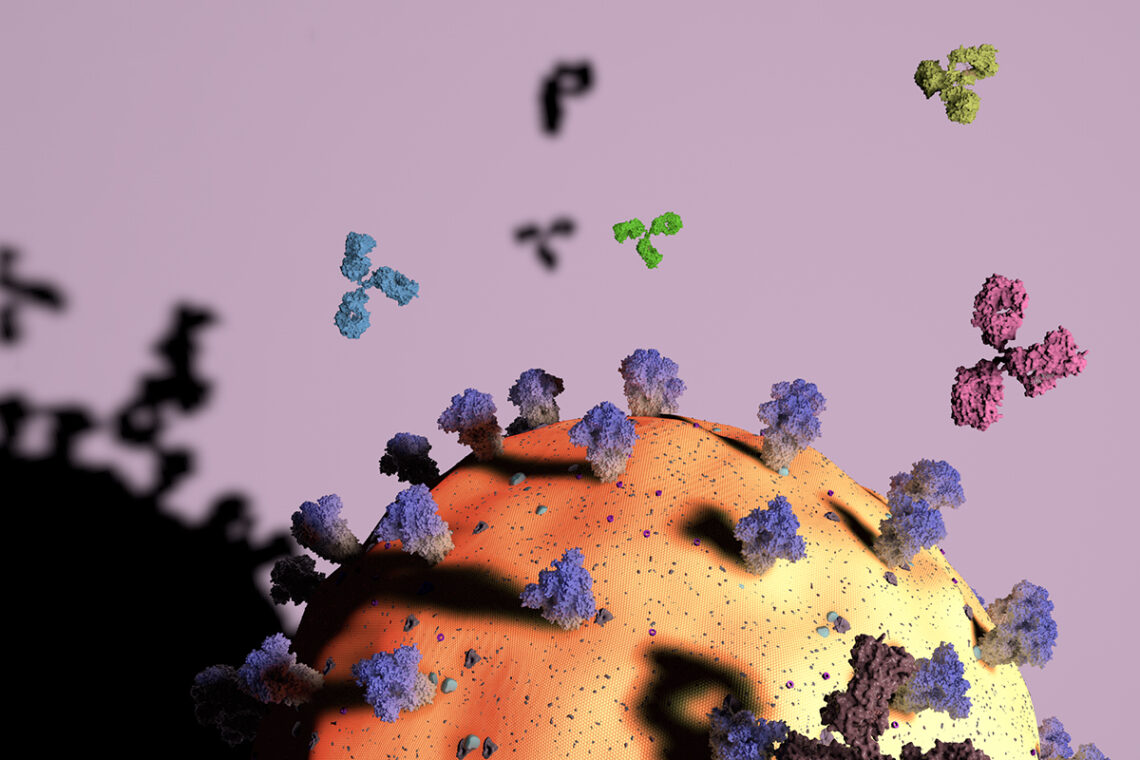
Image credit: blogs.uofi.uillinois.edu/view/8459/964783155
Intelligence is not just found in individual organisms (whether they be single-celled bacteria or multi-cellular humans), but also in communities and collections of organisms. The collective decision-making and problem-solving abilities of groups of insects — such as ants, termites, and bees — has long been appreciated, and is known by the name of swarm intelligence. The study of collective intelligence in groups of cooperating and communicating organisms has led to the development of many models of distributed and decentralized decision-making, whereby no central planner directs the actions for all the rest. These sorts of models have been widely implemented in robotic systems, whereby each robot only has partial knowledge of the environment and might communicate only with nearby robots.
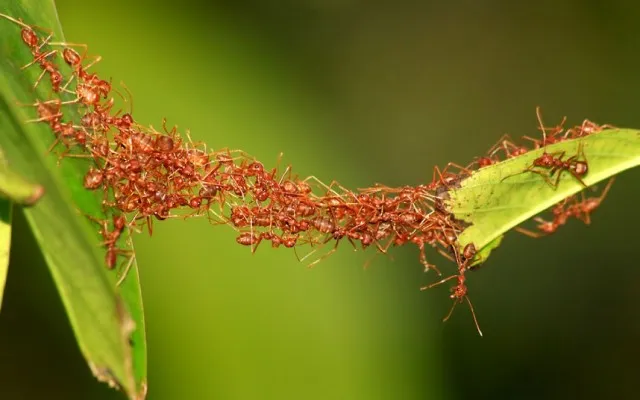
Image credit: https://medium.com/zerone-magazine/swarm-intelligence-676e40968473
As noted previously, one of the hallmarks of intelligence is the ability to make informed decisions in response to percepts and inputs. Life itself depends on the use of information about the environment to build up the highly improbable and complex molecular, cellular, and organismal structures that characterize living systems, since without that continual ingestion of information, those structures would decay into higher entropy states as described by the Second Law of Thermodynamics. In this sense, life revolves around the evolution of systems that implement "intelligence" at many scales by trading information for entropy to enable their organization, self-preservation, and replication. Loewenstein's "The Touchstone of Life" provides a compelling perspective on some of these processes, describing how "through the powerful lens of information theory, we are let in on their trick, the most dazzling of magician's acts, whereby they steal form out of formlessness".
CVW material development is supported by NSF OAC awards 1854828, 2321040, 2323116 (UT Austin) and 2005506 (Indiana University)